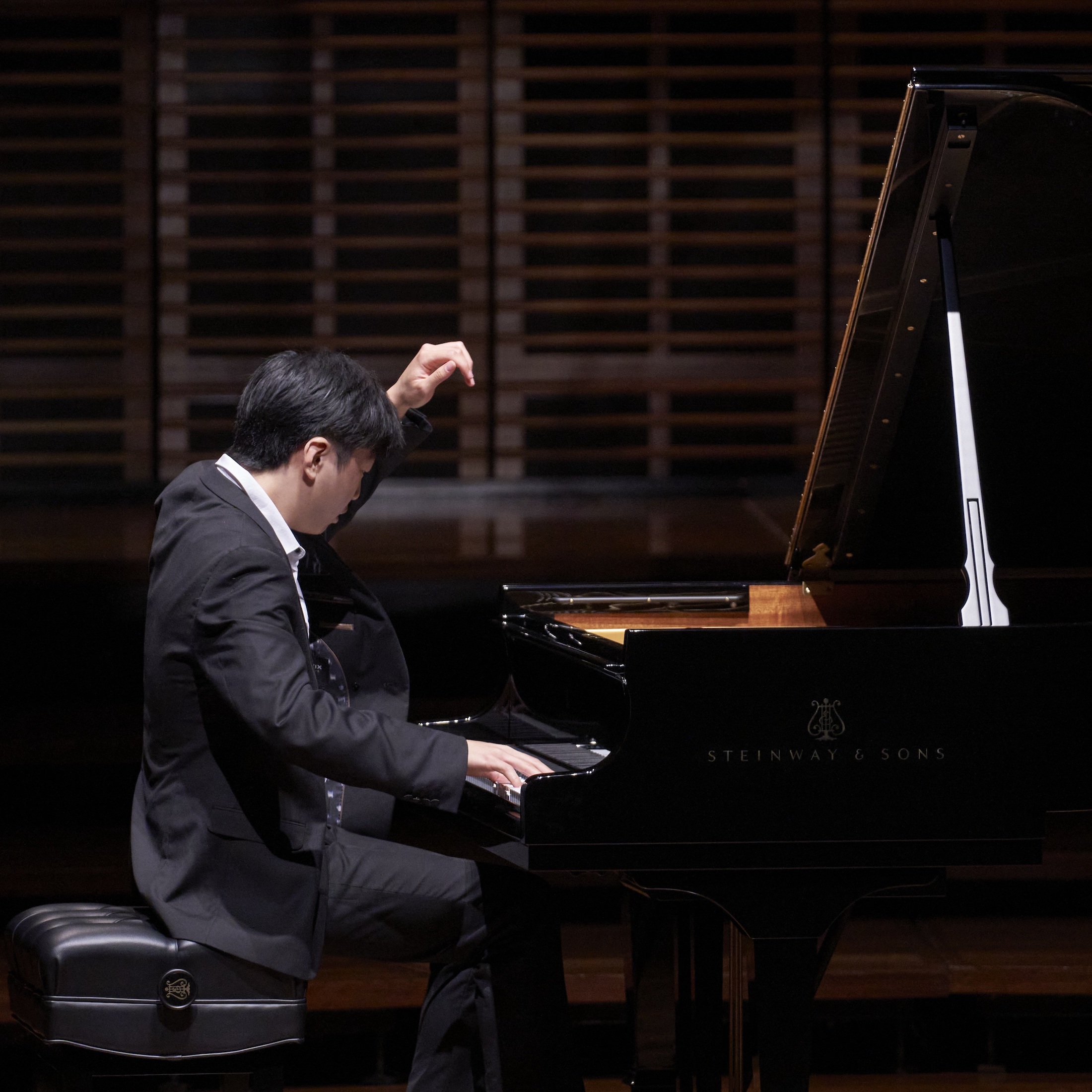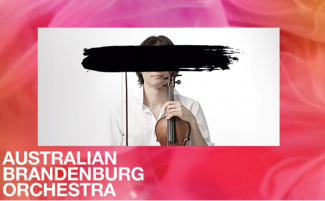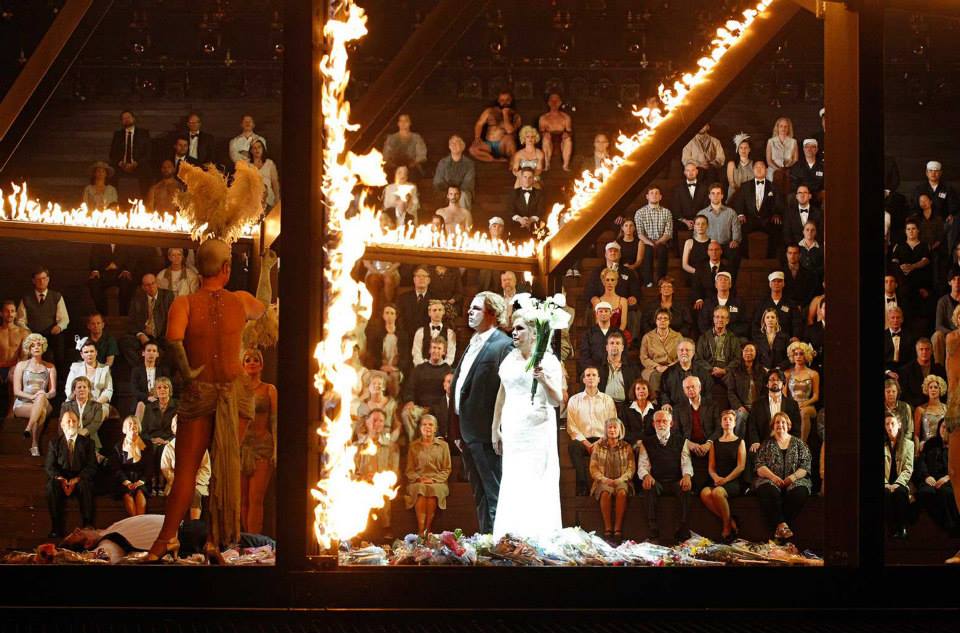Concert Review: Reuben Tsang/ Piano+ Recitals
Concert Review: Reuben Tsang
Piano + Recitals
Verbrugghen Hall, Sydney Conservatorium of Music
23 March, 2024
Pianist Reuben Tsang came to note at the 2016 Sydney International Piano Competition, aged just 12 when he played works by Beethoven and Chopin in the competition’s ‘Young Australian Showcase.’ Now 20 and with several awards under his belt, the Cairns-born and raised Tsang returns to Sydney as part of the Piano + Laureate series, having won the Nancy Weir Best Australian Pianist Prize at the 2023 Sydney International Piano Competition. Tsang continues his studies at Queensland Conservatorium Griffith University.
Playing a Fazioli concert grand-piano, a somewhat bashful Tsang impressed with his technical wizardry and versatility through Baroque, Classical, Romantic and Impressionist repertoire. He opened his program with three short but charming single-movement sonatas by Domenico Scarlatti in contrasting binary form, the K 119, K 132 and K 427.
Written for the harpsichord, these sonatas are brimming with tricks aimed at sustaining the sound and creating harmonies. Repeated notes, asynchronous arpeggios, trills and other ornaments are all part of this plan. The piano however has no such limitations and Tsang was judicious in his execution of these devices on the piano, with careful pedalling and definition. Scarlatti was enamoured with Spanish style and Tsang beautifully strummed these ideas into the keyboard in the K 119, injecting Iberian passion into an otherwise restrained Baroque style.
In this bracket we were treated to Scarlatti’s innovations like hand-crossing, whilst Tsang gently lingered on other features unusual modulations and chromatic dissonances. Staying true to Scarlatti’s instructions, the monophonic K 427 was played “as fast as possible” in a major work out for the left hand.
Brahms’ Piano Sonata No.1 in C major Op.1, one of only three that he wrote, was an excellent choice for a young pianist on the cusp of a major career. Bursting with youthful ebullience and brilliance, Brahms, like Tsang was 20 years old at this point in his life. Brahms’ instructions are clear. Three of the four movements are marked Allegro; two of these are to be “with fury” and the final movement is to be played “with fury and agitation.” Tsang gives full voice to these requests exuding contrasting moods, quiet passion, a skittish third movement Scherzo full of light and an imposing and irrepressible Finale.
We moved back in time to Mozart’s Piano Sonata No. 3 in B flat major K.280/189f. Written in his late teens, this sonata makes no concessions to youth, rather, Mozart himself described this group of early sonatas as ‘difficult.’ The middle movement is unusually marked Andante amoroso, receiving a lyrical rendering from Tsang, who also paced the final Rondo (Allegro) rather gently, allowing for certain clarity of articulation in the faster passages.
Tsang played with a shimmering lightness of touch in the trio of Impromptus by Fauré, the Opus 25, 43 and 102, delivering rippling melodies over a rolling bass and introducing a tone of motoric tension in the Opus 102.
Finally, a return to the Spanish aesthetic in an imposing bravura performance of Lizst’s Rhapsodie espagnole S. 254. The harp-like arpeggiated opening bars gave way to a growling bass over which emerged the familiar La Folia theme on which this piece is based. Tsang made blazing, broad sweeps of the 88 keys with massive double octaves and piles of chords. He brought a world of agility and expression into less than 15 minutes of music, breaking into the Jota Aragonaise and other dance forms, here the hint of a Sarabande, there, a Polonaise. In the days when composers played their own compositions, I can only image the thrall in which Liszt must have held his audience. Tsang is no less thrilling.
This recital was a panoramic snapshot of this promising young pianist whose development and maturation will no doubt be watched with great support and interest.
Shamistha de Soysa for SoundsLikeSydney©








36f187
dscn6d
ckeir6
ph6mhc
4j4ee1
qr4lo8